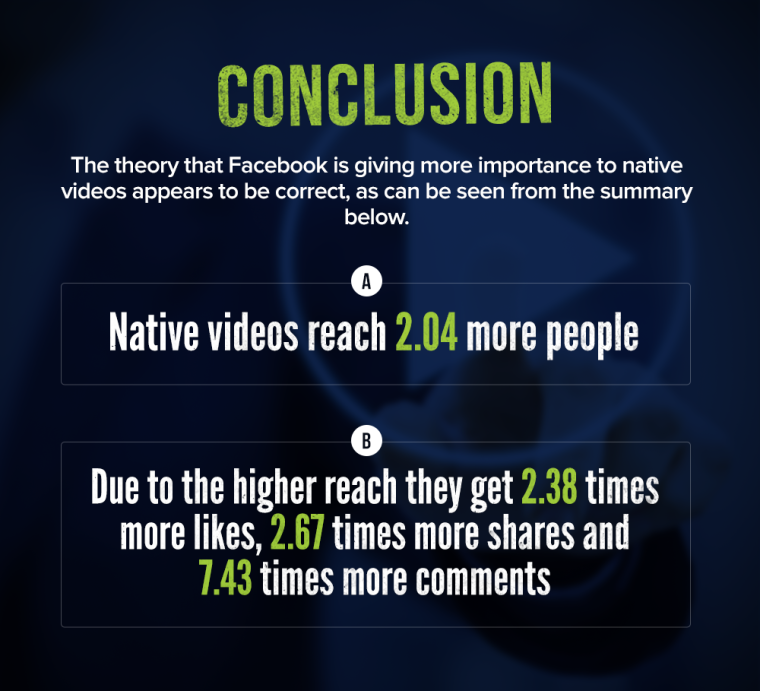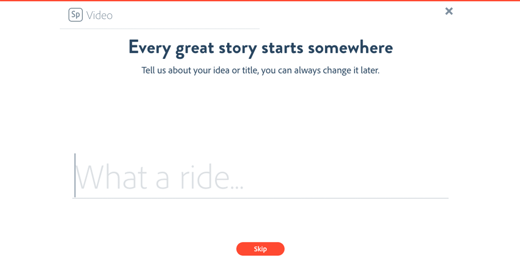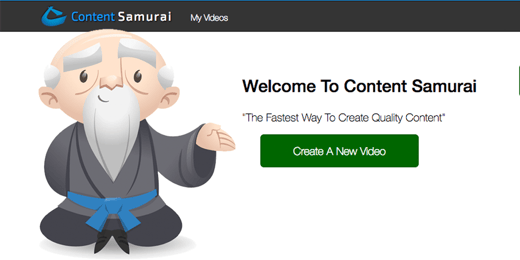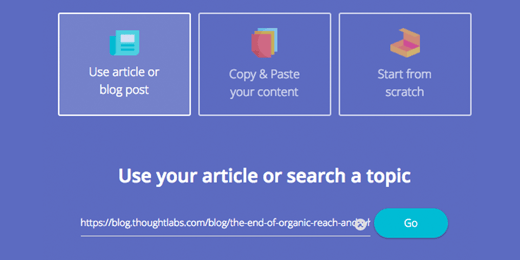Recent changes to the Facebook News Feed algorithm mean that the advantages of using native video on Facebook truly outweigh the inconvenience of supporting yet another video channel. Here are the details:
Facebook's News Feed Is Getting Way Smarter
Facebook first announced that they were going to start taking into account how much time people spent reading stories in their feed. If someone spends far more time looking at a post compared to what they spend on other posts, then Facebook has seen that this is a good indicator that the user found that story meaningful, even if the user didn't like, share or comment on it. The result will be stories like that one will be more likely to show up and be prioritized in their feed.
Facebook followed that up with another announcement about how they will use video view data to determine the meaninguflness of each video. The key criteria are whether users choose to turn on the sound, make it fullscreen or view it in HD. The more of these actions that a user performs, the more likely it is to influence what appears in the News Feed.
It is interesting to note that those new criteria only apply to native video. YouTube and other platform video will continue to play in the same Flash video container, which do not have the same options.
Facebook Is Giving Native Videos More Reach
In the past, Facebook has often given a boost to its newest post formats, such as Photos or Facebook Polls. This trend appears to continue with native video versus YouTube video. In a recent experiment, Search Engine Journal found that native video gets over 2x the reach of YouTube video, when other factors were controlled for.

The increased reach led to increased engagement, including 7x the number of comments!
Next Steps
So, what should you do next?
- Start using videos (more). They are already the most engaging type of post on Facebook.
- Create engaging videos. If users find them interesting enough to spend time viewing with sound, in fullscreen or HD, then they will be likely to see more of them, increasing your reach and engagement.
- Do your own experiment. Try posting the same video on your own channel as native and on YouTube a week apart. How do your numbers compare?
- Look at creating native-only videos. The need to work without sound and in an autoplay-world requires a different style of video.
Have you switched to Facebook native videos?
Jul 6, 2015


